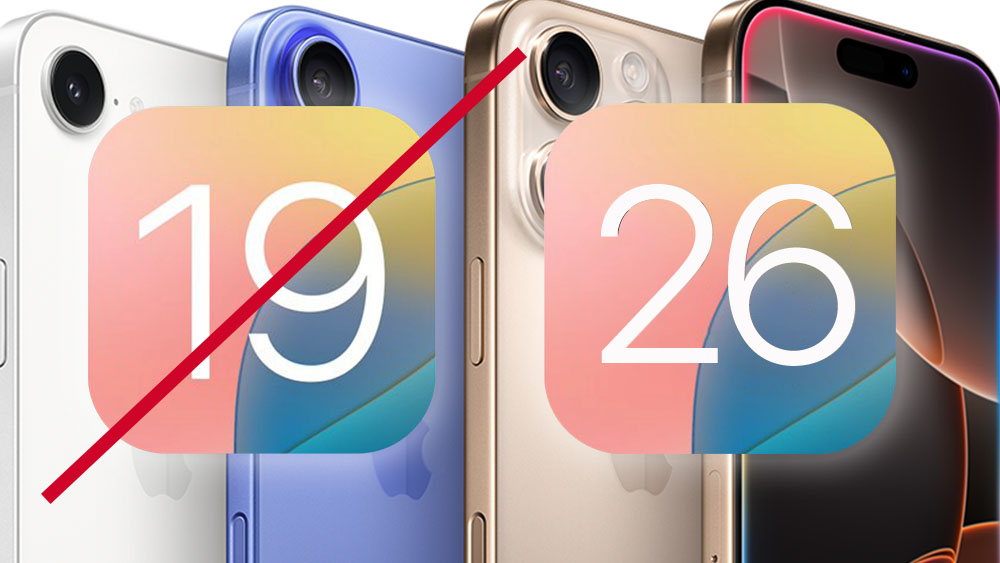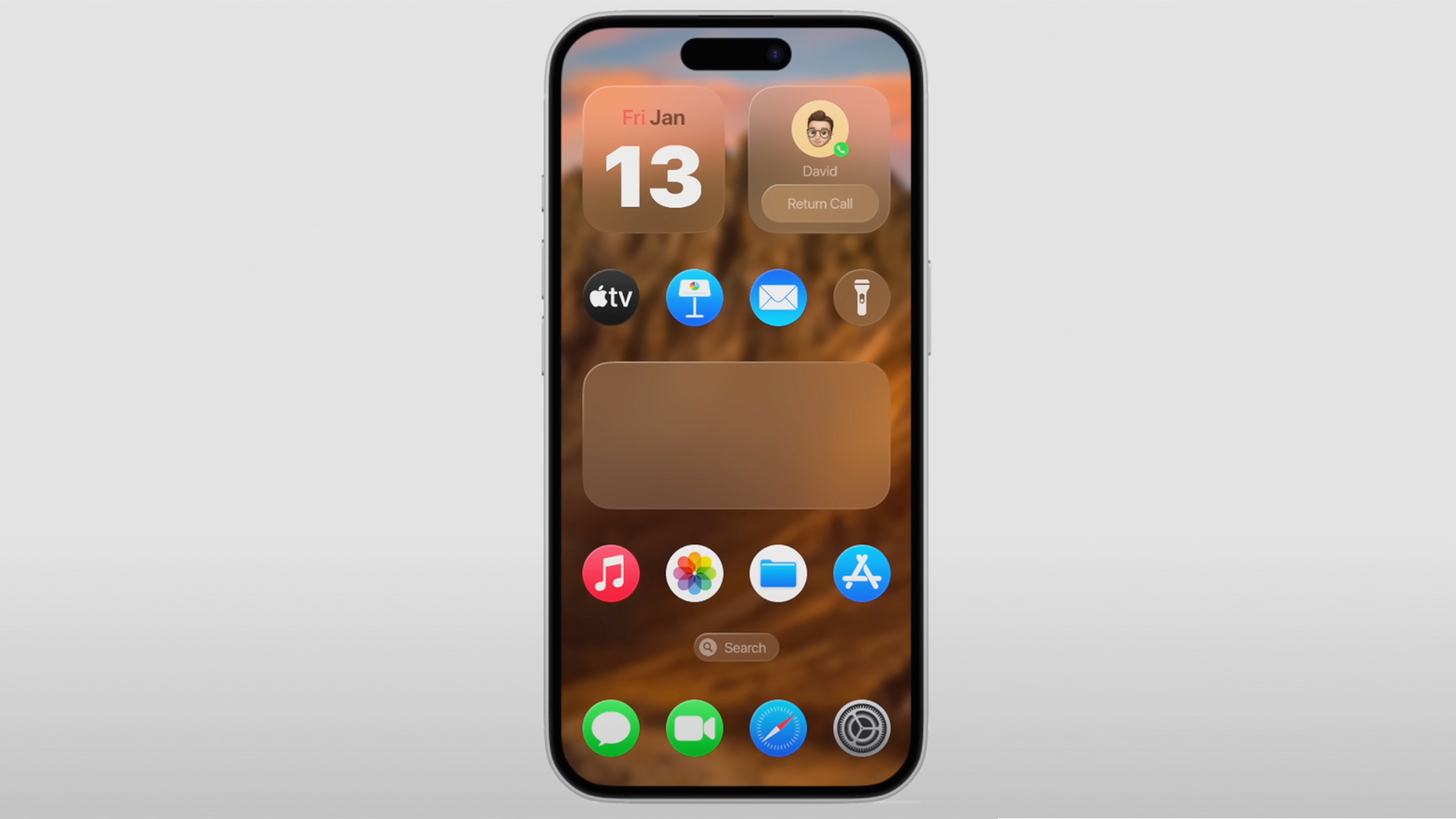
It's that time of the year when rumours about Apple's next operating system updates start flying. True to form, we've seen plenty of speculation about big visionOS-inspired UI design changes in iOS 19 and macOS 16. But is that what the next systems will even be called?
It's now being suggested that Apple will overhaul its OS naming conventions and will brand the next generation of software by year rather than release number. That would mean that instead of iOS 19, macOS 16, WatchOS 12 and visionOS 3, we would see the releases of iOS 26, MacOS 26, WatchOS 26 and visionOS 26.
If that change sounds familiar, that might be because it's like what Samsung did with its flagship Galaxy S phones back in 2020. It's about time Apple made the same move.

Apple's operating systems currently all have different numbers because they were all launched at different times. iPhones are currently on iOS 18, Macs on MacOS 15 and Vision Pro, which was released just last year, is on visionOS 2.
The rumour about a change in branding comes from a credible source. Bloomberg's Mark Gurman has been right about many Apple rumours in the pasts. He writes: "Apple will use the upcoming year rather than the current one. Though its next operating systems will launch around September 2025, they’ll be named for 2026 — not unlike how car companies market their vehicles. If Apple keeps the strategy, the following set of releases will carry the 27 moniker."
The move would bring consistency to Apple software branding and make it easier for both customers and developers to know what release each OS is on. There would be no more having to remember each system's number since you would just have to know what year it is.
For the moment, it seems Apple isn't considering the same change for its hardware, so the next iPhone will presumably be the iPhone 17 as expected (and iPhone 17 Air if the rumours are true). But why stop at software? I'd say it makes sense to apply the same logic to devices.
Gurman compares the move to car manufacturers, but it's hard not to also recall how Samsung made a change like this with its hardware. Apple's rival jumped from the Galaxy S10 in 2019 straight to the S20 in 2020. And it was an ingenious move.
Not only did it make it easier for customers to remember what phone they have and identify the current model, but Samsung leap-frogged over Apple in the process. Apple was on iPhone 11 at the time. By turning the Galaxy S11 into the Galaxy S22, it suddenly made it sound like Samsung was ahead.
The South Korean tech giant usually releases new Galaxy models in January, while Apple launches iPhones in September. If Apple called the next generation iPhone 26 instead of iPhone 17 it could beat Samsung at its own game and would always be a few months ahead. That might sound petty, but numbers can be powerful in branding. Just remember how Microsoft chose the name Xbox 360 to avoid being seen as a generation behind PlayStation.
I'm sure some fans like the iPhone release number tradition, but Apple's already played fast and loose with that by skipping iPhone 9 so it could launch iPhone X on the phone's 10th anniversary, and it would have to repeat that move if it wants to release an iPhone 20 in 2027. Let's just ditch the release numbers and go with the year. You know it makes sense, Apple.
You can see the best deals on Apple's current iPhone lineup below. Also see our pick of the best camera phones for other options.
What do you think? Should iPhone 17 become iPhone 26? Let us know in the comments section below.







